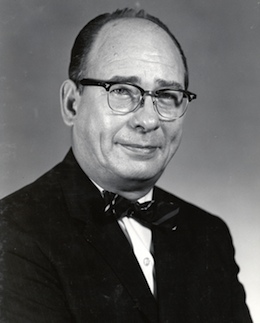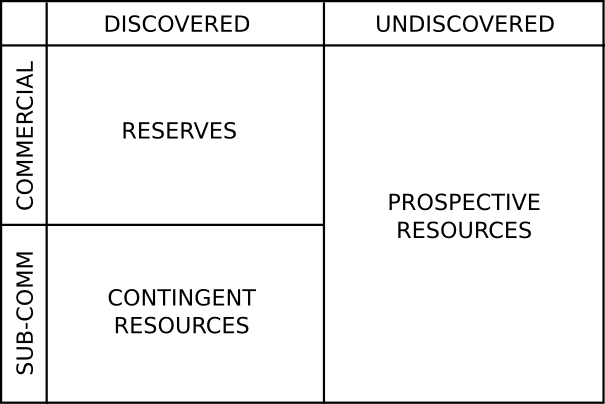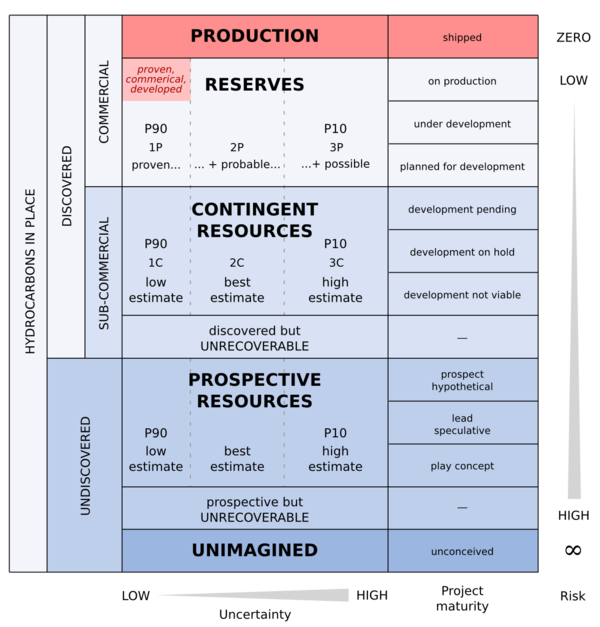McKelvey's reserves and resources
/ Vincent McKelvey (right) was chief geologist at the US Geological Survey, and then its director from 1971 until 1977. Rather like Sherman Kent at the CIA, who I wrote about last week, one of his battles was against ambiguity in communication. But rather than worrying about the threat posed by the Soviet Union or North Korea, his concern was the reporting of natural resources in the subsurface of the earth. Today McKelvey's name is associated with a simple device for visualizing levels of uncertainty and risk associated with mineral resources: the McKelvey box.
Vincent McKelvey (right) was chief geologist at the US Geological Survey, and then its director from 1971 until 1977. Rather like Sherman Kent at the CIA, who I wrote about last week, one of his battles was against ambiguity in communication. But rather than worrying about the threat posed by the Soviet Union or North Korea, his concern was the reporting of natural resources in the subsurface of the earth. Today McKelvey's name is associated with a simple device for visualizing levels of uncertainty and risk associated with mineral resources: the McKelvey box.
 Here (left) is a modernized version. It helps unravel some oft-heard jargon. The basic idea is that only discovered, commercially-viable deposits get to be called Reserves. Discovered but sub-commercial (with today's technology and pricing) are contingent resources. Potentially producible and viable deposits that we've not yet found are called prospective resources. These are important distinctions, especially if you are a public company or a government.
Here (left) is a modernized version. It helps unravel some oft-heard jargon. The basic idea is that only discovered, commercially-viable deposits get to be called Reserves. Discovered but sub-commercial (with today's technology and pricing) are contingent resources. Potentially producible and viable deposits that we've not yet found are called prospective resources. These are important distinctions, especially if you are a public company or a government.
Over time, this device has been reorganized and subdivided with ever more subtle distinctions and definitions. I was uninspired by the slightly fuzzy graphics in the ongoing multi-part review of reserve reporting in the CSPG Reservoir magazine (Yeo and Derochie, 2011, Reserves and resources series, CSPG Reservoir, starting August 2011). So I decided to draw my own version. To reflect the possiblity that there may yet be undreamt-of plays out there, I added a category for Unimagined resources. One for the dreamers.

You can find the Scalable Vector Graphics file for this figure in SubSurfWiki. If you have ideas about other jargon to add, or ways to represent the uncertainty, please have a go at editing the wiki page, the figure, or drop us a line!








 Except where noted, this content is licensed
Except where noted, this content is licensed